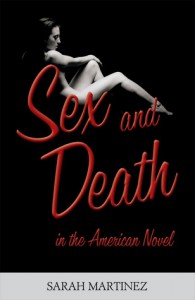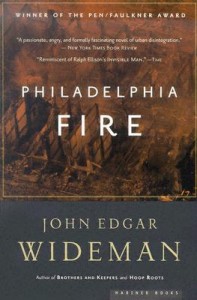If you need this book, it means you are (or will soon be) published. Congratulations on getting your work out in the world!
Set aside for a moment your depression over having to market your own book. You can always choose not to. But if you want to sell books (and maintain a good relationship with your publisher) today’s world does require you to be involved in marketing your book (and yourself). How to Market a Book is a guide by book marketers for writers new to marketing.
I don’t normally review how-to books, but I’m making an exception here because I know a lot of writers who would find this book useful.
The Dreaded Platform
Marketing can be intimidating for writers, and the rapidly changing landscape of the internet can make anyone feel out of date. How to Market a Book is written in a collegial tone and provides a good introduction to what is sometimes called “building a platform.” I know, I hate the word “platform” too and I give the authors of this book credit for using it sparingly. When I do it, I call it working on my brand—not much better but at least I can imagine myself wrapped in a pretty label (rather than standing on a soap box).
Is This the Book for You?
The strengths of How to Market a Book lie in the explanations of how and why you need to build a website and social media presence and the focus on marketing the writer rather than the book (despite this book’s title). It’s a brave undertaking to write an Internet guide because the landscape changes so fast (the Twitter profile section is already slightly, but not significantly, out of date) but authors Lori Culwell and Katherine Sears do a good job of emphasizing the tried and true methods like Twitter and Facebook while information on other avenues to explore.
How to Market a Book provides a primer for the author who is just looking up from a final draft into the chasm of the Internet, and I would have loved to have this book available when I was marketing Soul’s Road. At times the book started to feel like a list of social media platforms available, and I wish that it included a clearer triage for the author who is overwhelmed by the plethora of options (as so many authors newer to the Internet reasonably are). For example, the section on building subject matter expertise on Answers.com (and the like), while useful for nonfiction writers, could become a procrastination sinkhole for fiction authors. Statistics on return on investment would be a great addition if the Culwell and Sears decide to issue a second edition.
If you are a social media-savvy author with an active Twitter account and website, you might find some tips and tricks in this book (I flipped back and forth between the book and my own profiles to tweak them), but could be bored by explanations of how to use Facebook “as” a page.
Beyond the Internet
The book contains helpful advice on things like proofreading, editing, book design, and press releases. There is a short section on book tours (these are not the go-to they once were). And the thoughts on how (and when) to reply to a review are must-reads. Also, the tip on what to have ready for your personal author kit is invaluable.
Here’s My Advice
Because I work in marketing and spend a lot of time on social media, my friends often ask me for advice. I tell them that yes, you have to market yourself. We are in an age where people want to connect to us, the artists, and it will be much more difficult to sell books if we deny them that access. Find the avenues that feel natural to you and invest most of your efforts there. If you can’t do another social media platform well, don’t start the account. There are lots of tools available to help you manage your accounts, but don’t spend all your time looking for those tools. Read this book, set up your online presence, and then get back to writing that next book.
If this review made you want to read the book, pick up a copy of How to Market a Book from Bookshop.org. Your purchase keeps indie booksellers in business and I receive a commission.

 In the novel Philadelphia Fire by John Edgar Wideman, Cudjoe, has returned to Philadelphia to find answers about a horrific event that happened on Osage Avenue in 1985. By withholding the bare facts of the case, Wideman puts the reader alongside Cudjoe as he searches for information and insight in an insular neighborhood.
In the novel Philadelphia Fire by John Edgar Wideman, Cudjoe, has returned to Philadelphia to find answers about a horrific event that happened on Osage Avenue in 1985. By withholding the bare facts of the case, Wideman puts the reader alongside Cudjoe as he searches for information and insight in an insular neighborhood.